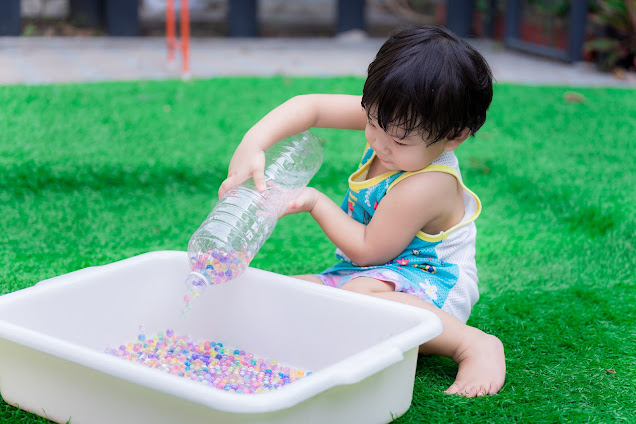Key Qualities of Effective Early Years Educators

The earliest years of a child’s life shape everything that follows—their confidence, curiosity, and love for learning. At the heart of this journey are dedicated early years educators whose skills and compassion make a lasting impact. In this blog, we will know what makes an educator truly effective in supporting children’s early development and happiness, and the key effective early years educator skills that make a lasting difference. What Makes an Effective Early Years Educator? An effective early years educator blends empathy, patience, and insight to nurture every child’s growth. Research shows that high-quality early years teaching can improve school readiness by up to 20% by age five, proving how crucial this role is. Educators in nurseries play far more than a supervisory role; they are guides, role models, and the foundation of a child’s first learning experiences. The Core Qualities of a Good Early Years Educator A great educator connects deeply with children, turnin...





